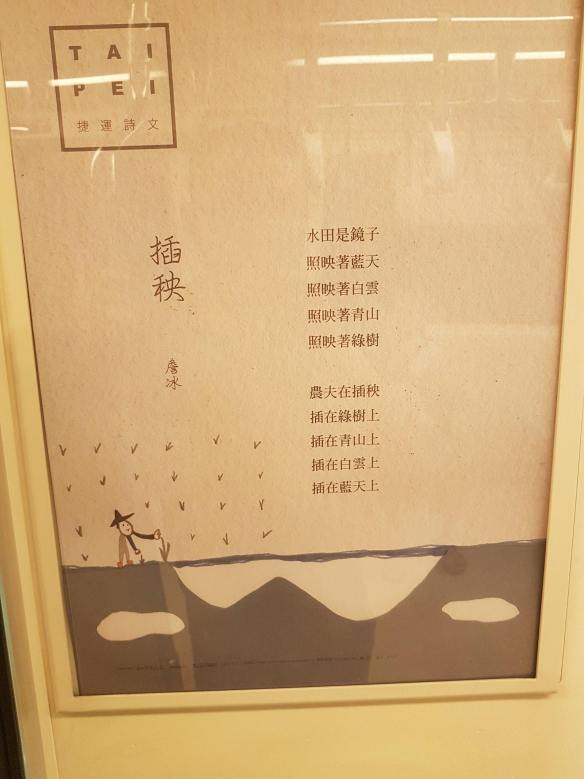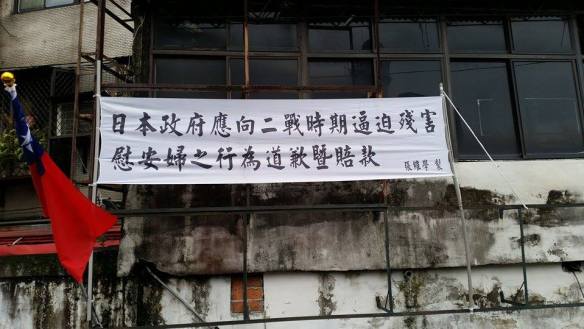
Outside 101 is a bit like Hyde Park Corner in London. Lots of “interesting characters” on soap boxes. This man was previously pictured protesting Germany’s alleged refusal to reimburse Reichmark bonds issued in Taipei by Japan in the 1920s, with the Japanese reportedly forcing many Taiwanese to buy them against their will. He’s actually posted screen shots from the European Press Photo Association on another placard beside him. He was suggesting their refusal constituted being Nazis again and his placard still says “Hitler Resurrected”. He’s resorted to passive aggression now, stating in English and Chinese that given Germany’s failure to address or engage with the argument and that “they can’t afford it anyway”, he was giving the bonds as a gift to Germany. For more info you can check out their Facebook Group The Old German Mark Association. Looks like he’s had some abuse about his use of the Nazi flag, as he or someone else has crossed it out and drawn a thumbs down on it. Lots of media coverage on his protest, so maybe that’s what has led to his change of heart.




 」
」